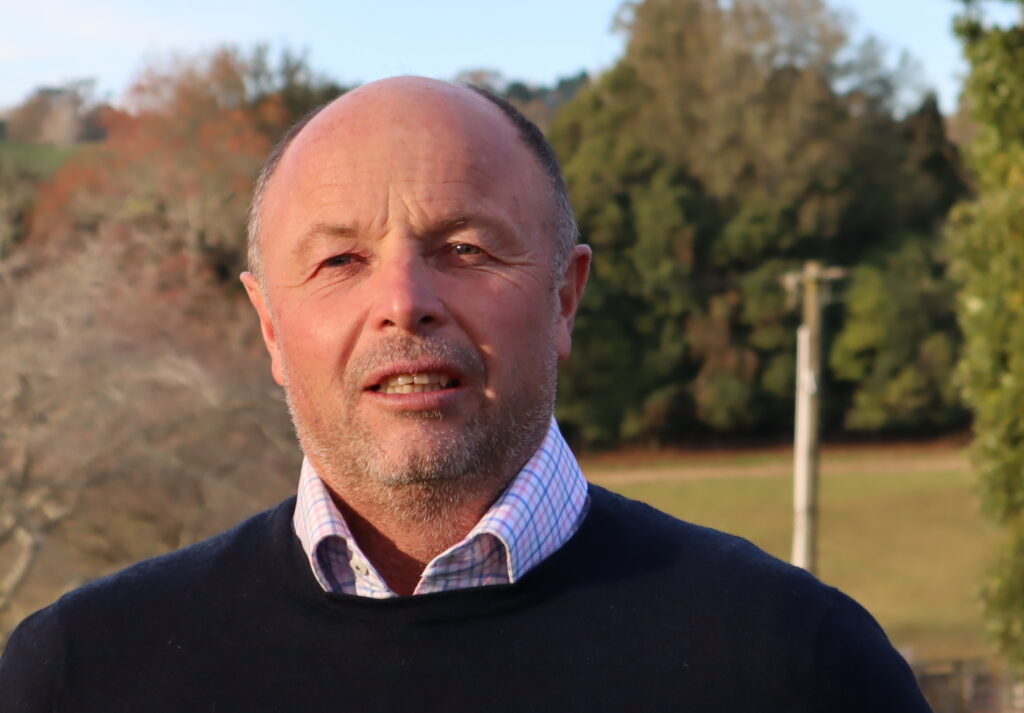Turning on an electric switch, glancing at your charged phone is the first action of the day for many of us. We rely heavily on energy infrastructure, it has become an expectation.
Personally, I like to think of The Lines Company (TLC) as an intergenerational, 100% community owned asset; an asset built and paid for by previous generations left to us without expectation of recompense.
Some of the network in our rural areas was even built gratis and left to our community ownership through WESCT. Our mission at the Waitomo Energy Services Customer Trust (WESCT) is ‘to grow and enhance our community asset for the sustainable benefit of WESCT Customers now and in the future’.
Our energy future is currently dominated by the need for ‘resilience’, ‘capacity’ and ‘decarbonisation’. The scale of decarbonisation in the energy sector is massive globally and massive for our relatively small network.
Power generators, and distribution networks are all investing to meet compliance regulations and changes in consumer demand to address capacity and make networks more resilient. What we face now demands significant investment.
We will need to invest in our network to meet growing demand and compliance standards for our homes, jobs and businesses.
Since the start of this year sales of EVs and plug-in hybrids have doubled. This will grow as car makers phase-out petrol cars to meet emissions laws in key global markets. Petrol passenger vehicles are low hanging fruit to electrify as they account for about 12% of NZ’s total emissions.
These cars are being charged at home, work, and at charging stations. The Waitomo region will see increases of people passing through and using rapid chargers while they stop to stretch their legs, have a pie, a coffee or spend longer looking at the attractions in our towns.
Providing for the capacity of demand for electric vehicles is just a part of the investment challenge. Add in heating, more connected devices in homes and work places, and it’s easy to see why the demands on networks are only expected to grow.
As shareholders and beneficiaries in The Lines Company (TLC), it is good to see how TLC is responding to climate change to be resilient.
Some investments to meet this change are quite visible. The investments in the network to manage the growth in electric vehicle transport is impressive. TLC has invested in fast chargers across the region. They’ve also partnered with local businesses to provide AC chargers from Ōtorohanga to Ohakune. Much of this is with financial support from Energy Efficiency and Conservation Authority (EECA) and the Low Emission Vehicles Contestable Fund.
Other investments, for example upgrading sub-stations and lines to handle increased power loads passing through our network, are less visible but critical for powering our homes and businesses.
The network covers an area of 13,700 square km, with 4,500km of power lines – longer than a return trip from Te Kūiti to Sydney. It has eight supply points; 35,000 power poles; 27 substations; 5000+ transformers. Ours is a broad geographic network to maintain and develop, yet with only 18,000 customers it has one of the smallest customer bases in the country.
As TLC’s line charges are regulated by the Commerce Commission TLC cannot easily lift pricing with your retailers to fund these capital investments.
Over the next 10 years, TLC expect to invest an extra $50 million in their Asset Management Plan on the network so it is resilient as more customers phase out fossil fuel use and demand for electricity grows.
At a time when the electricity sector is going through unprecedented change driven by decarbonisation, having a degree of community involvement through WESCT’s ownership of TLC is important for getting the best service we can for our region.
William Oliver (WESCT Chairperson)
